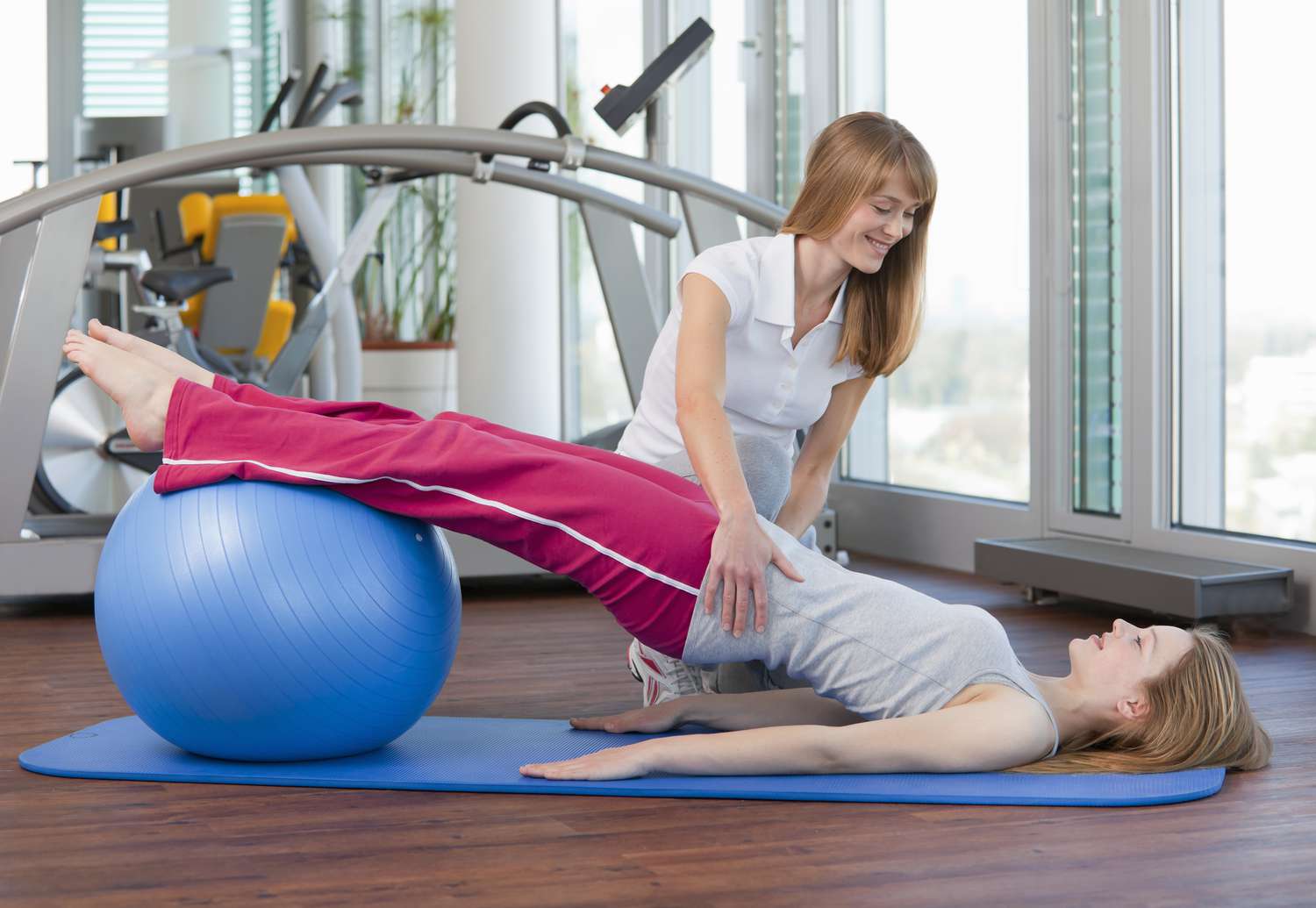Introduction:
Exercise is essential for maintaining physical health, independence, and overall well-being. However, for someone with physical limitations or challenges, traditional exercise programs can be challenging or inaccessible. Fortunately, there are specialized exercise programs designed to meet the unique needs of individuals with physical limitations or challenges. In this post, we’ll explore the benefits and types of exercise programs available, as well as provide tips for getting started.
Benefits of Exercise for someone with physical limitations or challenges:
Regular exercise can bring numerous benefits, including:
- Improved mobility and flexibility: Enhance range of motion, reduce stiffness, and increase independence.
- Pain management: Reduce chronic pain, inflammation, and discomfort.
- Cardiovascular health: Improve circulation, strengthen the heart, and reduce the risk of cardiovascular disease.
- Mental health and well-being: Boost mood, reduce stress, and enhance overall quality of life.
Types of Exercise Programs for someone with physical limitations or challenges:
- Chair yoga and stretching: Modified yoga and stretching exercises performed while seated or standing with support.
- Aquatic therapy: Water-based exercises that reduce joint stress and improve mobility.
- Resistance band exercises: Lightweight, portable exercises that strengthen muscles and improve flexibility.
- Seated exercise programs: Modified exercises performed while seated, such as arm curls, shoulder presses, and leg lifts.
- Virtual exercise programs: Online classes and tutorials tailored to someone with physical limitations or challenges.
Tips for Getting Started:
- Consult with a healthcare professional: Discuss your exercise goals, limitations, and any health concerns with your doctor or physical therapist.
- Choose a qualified instructor: Select an instructor experienced in working with someone with physical limitations or challenges.
- Start slowly and progress gradually: Begin with gentle exercises and gradually increase intensity and duration.
- Focus on functional movements: Incorporate exercises that mimic daily activities, such as transferring, dressing, and grooming.
- Make it fun and social: Exercise with friends, family, or a support group to enhance motivation and enjoyment.
Resources and Organizations:
- National Center on Physical Activity and Disability (NCPAD): Offers exercise programs, resources, and guidance for someone with physical limitations or challenges
- American Council on Exercise (ACE): Provides exercise programs, certifications, and resources for fitness professionals working with someone with physical limitations or challenges.
- Local senior centers and rehabilitation facilities: Many offer exercise programs specifically designed for someone with physical limitations or challenges.
Conclusion:
Exercise is a powerful tool for improving physical health, independence, and overall well-being. With the right programs and support, someone with physical limitations or challenges can experience the many benefits of regular exercise. Remember to consult with a healthcare professional, choose a qualified instructor, and start slowly to ensure a safe and effective exercise program.
If you’re an individual who has physical limitations or challenges and are looking for exercise programs or resources, contact Great Care Provider today. Our team is dedicated to providing guidance, support, and connections to local resources to help you achieve your exercise goals.






